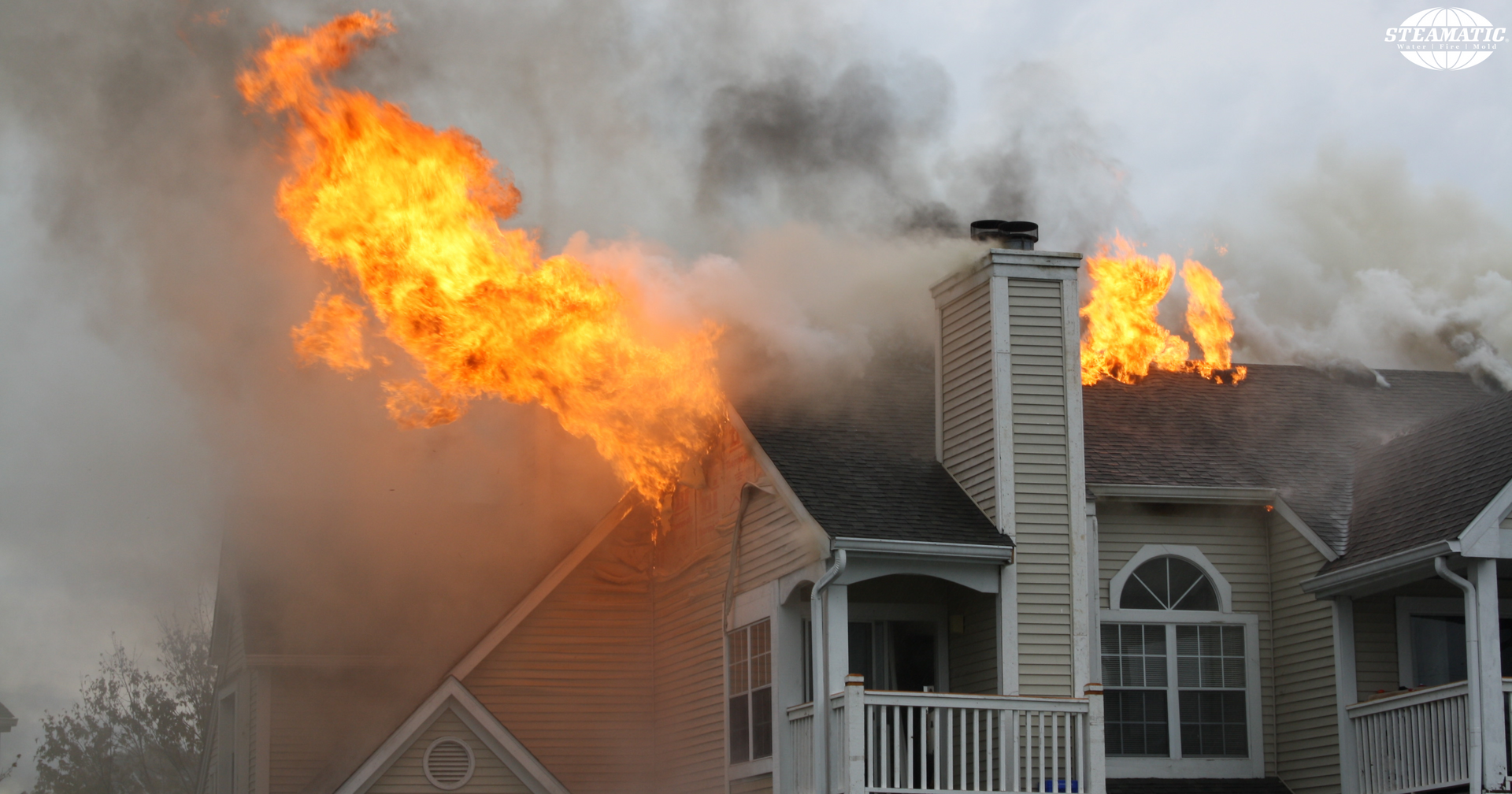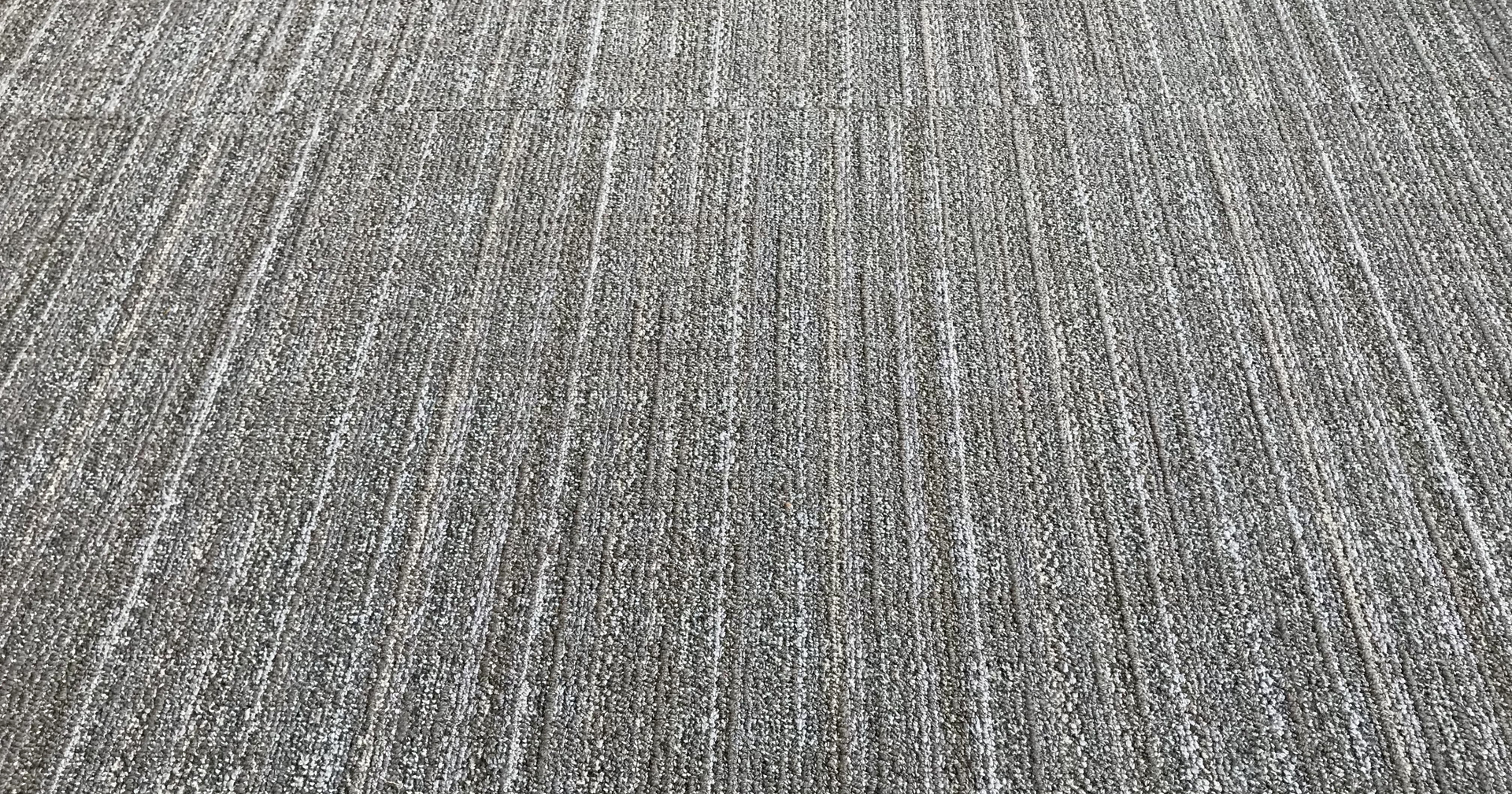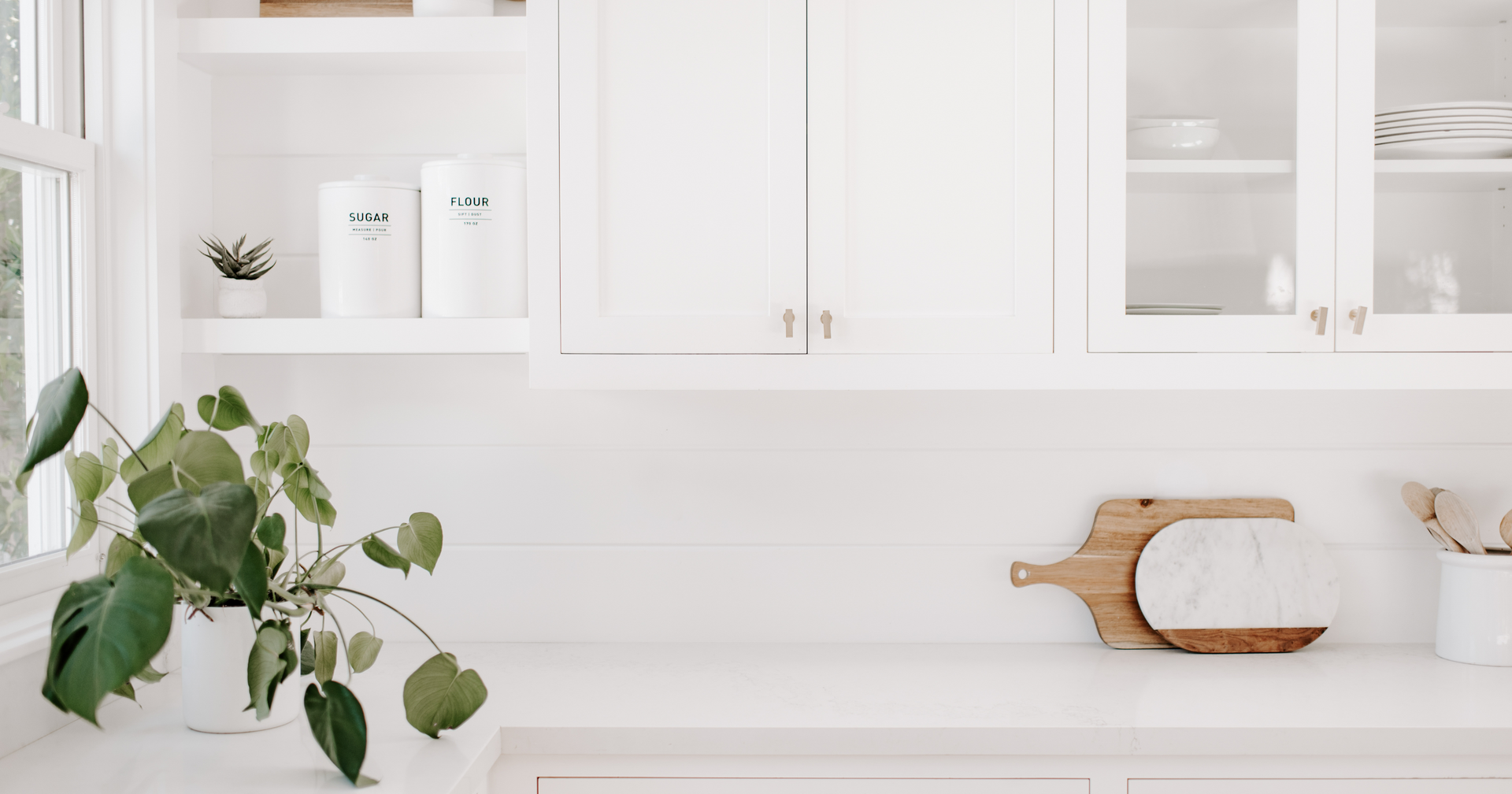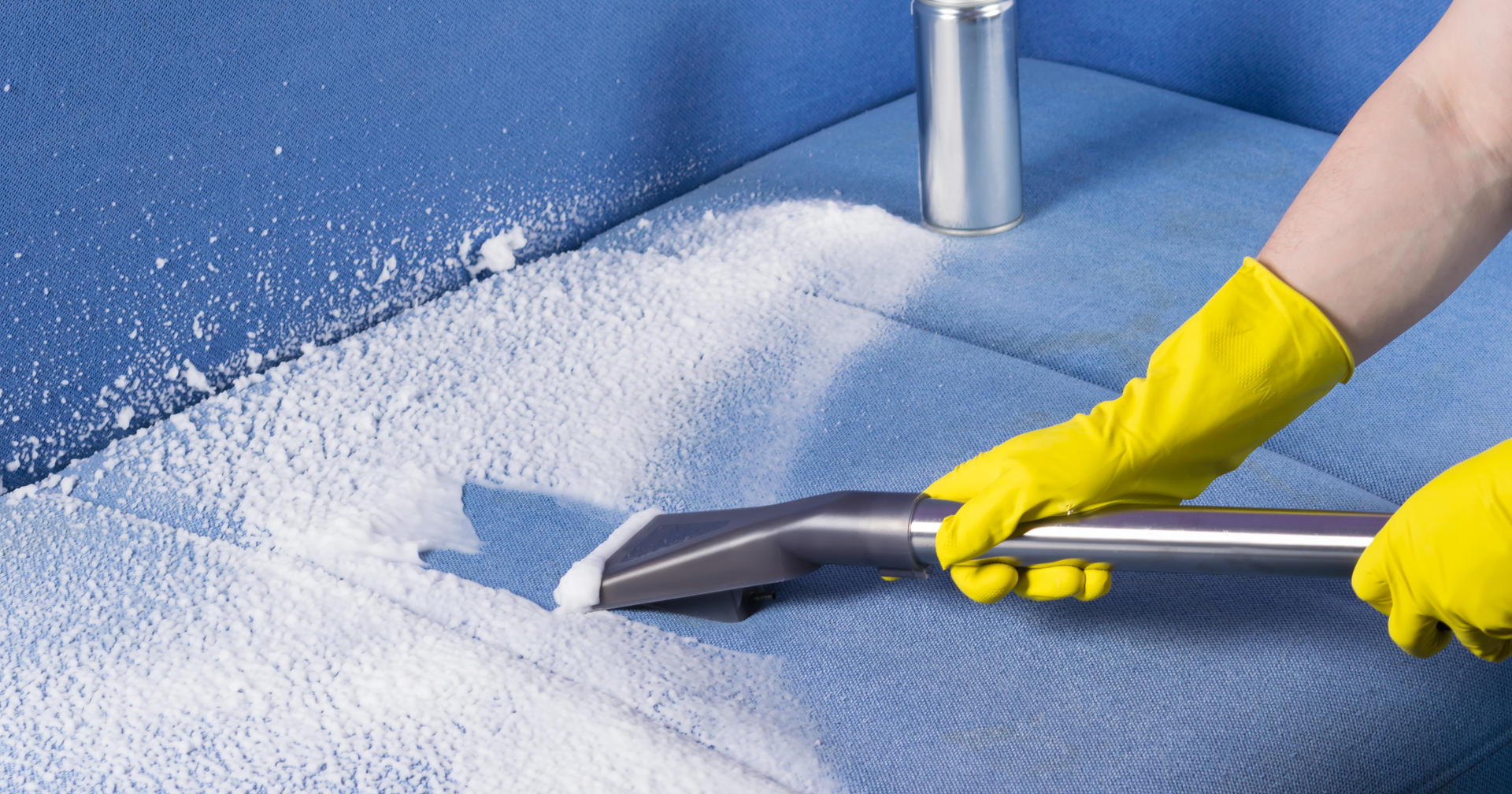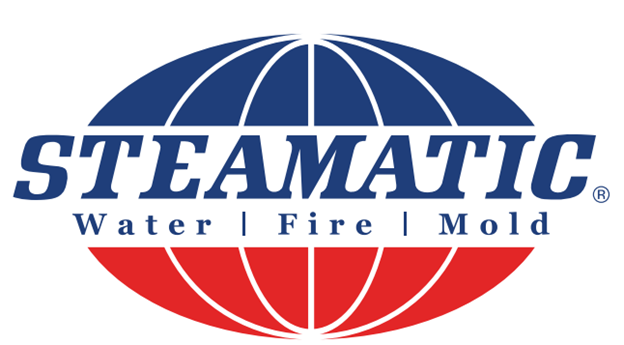Top 5 Tips for Maintaining A Healthy Indoor Environment
Practical Steps for a Healthier Indoor Living

Creating and maintaining a healthy indoor environment is crucial for our overall well-being. It not only promotes good health but also enhances comfort and productivity. Whether at home or in the workplace, there are several measures we can take to ensure the air we breathe is clean and the surroundings are conducive to a healthy lifestyle. By following these guidelines from Steamatic of Central Kansas, you can significantly improve the quality of your indoor air and create a safer living or working space for yourself and your loved ones.
- Ensure Proper Ventilation: Proper ventilation is essential for maintaining a healthy indoor environment. It helps remove stale air, toxins, and odors, while also preventing the buildup of excess moisture that can lead to mold growth. Opening windows and doors when weather permits can bring in fresh air, but it's also important to maintain an effective ventilation system. Regularly clean or replace air filters in HVAC systems, as dirty filters can circulate dust, allergens, and other pollutants throughout your home or office. Additionally, consider installing exhaust fans in kitchens and bathrooms to remove excess humidity and odors.
- Keep Indoor Air Clean: Indoor air quality can be compromised by various factors, including dust, allergens, pet dander, and volatile organic compounds (VOCs) emitted by cleaning products and furniture. Regularly dusting and vacuuming your living or working space helps reduce the accumulation of these pollutants. Use a vacuum cleaner equipped with a HEPA filter to effectively capture fine particles and allergens. Consider using environmentally friendly cleaning products that are free from harsh chemicals. Furthermore, incorporating houseplants can help purify the air by naturally removing toxins and increasing oxygen levels.
- Control Humidity Levels: Maintaining appropriate humidity levels is crucial for preventing mold growth and minimizing the spread of allergens. High humidity can create an environment conducive to mold and mildew, while low humidity can cause dryness and irritation. Use a dehumidifier in areas prone to excessive moisture, such as basements and bathrooms, to maintain humidity levels between 30-50%. Conversely, if the air is too dry, especially during winter months, using a humidifier can help add moisture to the air, reducing the risk of respiratory issues and dry skin.
- Regularly Inspect for and Address Water Damage: Water damage, if left unattended, can lead to mold growth and compromise indoor air quality. Regularly inspect your home or workplace for any signs of water damage, such as leaks, discoloration, or musty odors. Promptly address any water-related issues to prevent further damage and potential health hazards. If you discover mold growth, seek professional assistance from Steamatic of Central Kansas for proper remediation and ensure the affected areas are thoroughly cleaned and dried to prevent recurrence.
- Implement a No-Smoking Policy: Tobacco smoke is a significant source of indoor air pollution, containing harmful chemicals that can be detrimental to both smokers and non-smokers alike. Implementing a strict no-smoking policy indoors helps maintain a healthier environment for everyone. Encourage smokers to smoke outside, away from windows and entry points, to prevent smoke from seeping indoors. If you're a smoker, consider quitting or reducing your smoking habits to improve the air quality in your living or working space.
Maintaining a healthy indoor environment is vital for our overall well-being. By following these top five tips provided by Steamatic of Central Kansas, you can significantly improve the quality of your indoor air and create a safer and more comfortable living or working space. Remember to ensure proper ventilation, keep the indoor air clean, control humidity levels, address water damage promptly, and implement a no-smoking policy. Contact Steamatic of Central Kansas today!
